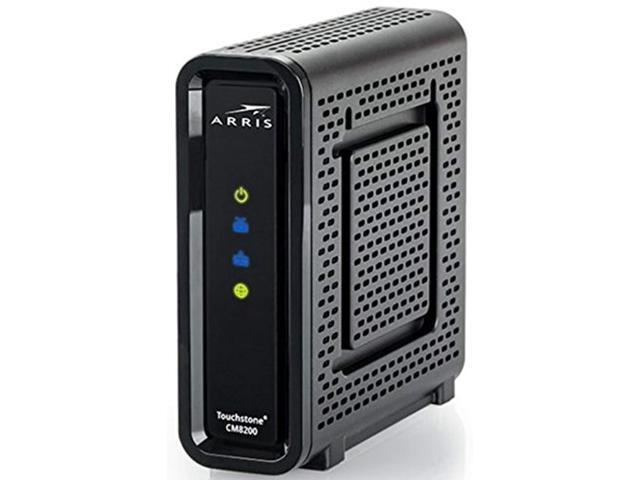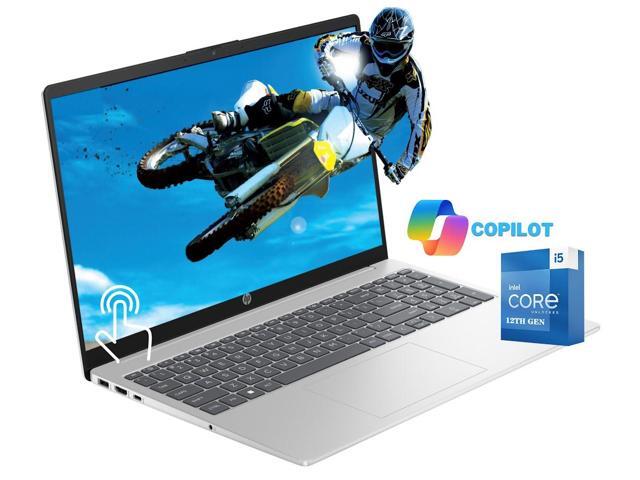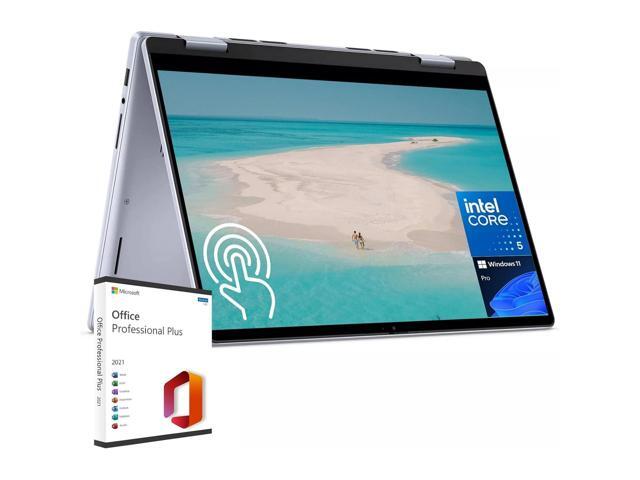The Future of Data Transfer: Unveiling the Latest in Computer Speed Technology
In today’s fast-paced digital landscape, data transfer speed is more crucial than ever. As our reliance on cloud computing, artificial intelligence, and big data increases, advancements in data speed technology are transforming the way we interact with computers. The newest innovations, particularly in optical and quantum communication, are setting the stage for unparalleled performance in data transmission.One of the standout breakthroughs is the rise of **optical coherence technology**, which utilizes laser light to transfer data at lightning speeds. This technology allows for significantly higher bandwidth compared to traditional electronic data transfer methods. By encoding information onto light waves, optical coherence can transmit data across vast distances with minimal latency and signal degradation, making it ideal for data centers and telecommunications networks that require rapid and reliable transmission.
Similarly, **quantum data transfer** is emerging as a game-changer. Utilizing the principles of quantum mechanics, this technology promises to enhance security while increasing speed. Quantum entanglement allows for the instantaneous transfer of information between two points, bypassing the limitations of classical data transfer methods. With quantum networks in the early stages of development, we may soon see applications that could revolutionize sectors that rely on swift and secure data exchange, such as finance and healthcare.
Another critical advancement is the development of **PCIe 5.0** and **6.0 interfaces**, which significantly increase data transfer rates within the computer itself. PCIe 5.0 offers up to 32 GT/s (gigatransfers per second), doubling the bandwidth of its predecessor. Meanwhile, PCIe 6.0 pushes the envelope even further, aiming for 64 GT/s. This is particularly advantageous for high-performance computing, gaming, and enterprise applications, where storage and processing speeds are paramount to overall system performance.
As we look to the future, the convergence of these technologies is paving the way for even faster, more efficient computing environments. With the ongoing evolution in data speed technology, we can anticipate an era of unprecedented performance, opening doors to innovations we have yet to imagine. As industries adapt, the utilization of these advancements will not only improve existing systems but also drive the next wave of technological evolution, making our digital experiences faster and more seamless than ever before.
The Future of Mobile Data: Exploring 5G and Beyond
In recent years, the advent of 5G technology has revolutionized the way we interact with our mobile devices. Promising unprecedented data speeds, low latency, and the ability to connect more devices simultaneously, 5G represents a quantum leap from its predecessor, 4G LTE. This new standard has spurred innovation across various sectors, enhancing user experiences and enabling the necessary infrastructure for emerging technologies such as the Internet of Things (IoT) and augmented reality (AR).One of the most remarkable features of 5G is its speed capabilities. While 4G networks typically deliver download speeds of up to 100 Mbps, 5G can reach theoretical speeds exceeding 10 Gbps under optimal conditions. This surge in speed allows users to download large files, stream high-definition videos, and participate in real-time gaming with virtually no lag. As a result, mobile apps can leverage these capabilities to provide users with richer, more interactive content and experiences.
In addition to speed, 5G technology brings with it a significant reduction in latency, the time it takes for data to travel between devices. With latency as low as 1 millisecond, 5G enables real-time communication, making it ideal for applications such as remote surgery, autonomous vehicles, and smart city infrastructure. This immediate responsiveness can transform industries by facilitating seamless connectivity and immediate feedback, which are crucial for real-time decision-making.
While 5G is already making waves, the future of mobile data technology looks even more promising. Innovators are already exploring the next iteration, often referred to as 6G, which could bring even faster speeds, greater capacity, and enhanced reliability. Though still in the early research phase, projections suggest that 6G could potentially offer speeds up to 100 Gbps and connect trillions of devices, paving the way for a fully integrated smart world.
As we embrace these technological advancements, it's essential to consider their implications. The rise of 5G and future iterations will undoubtedly change how we use our phones and interact with technology. From improved productivity to exciting new applications, the potential of mobile data technology continues to unfold, marking an exciting chapter in our digital evolution. With each leap, we edge closer to a more connected, efficient, and intelligent world.
So just what will the data speeds be in 2030?
As we approach the year 2030, it's exciting to think about the advancements that will be made in data speeds on computer and mobile devices. With the rapid growth of technology, it's predicted that data speeds will increase exponentially, revolutionizing the way we communicate, work, and entertain ourselves. For computer devices, we can expect to see widespread adoption of Wi-Fi 7, which promises to deliver speeds of up to 30 Gbps, making it possible to download a full-length 4K movie in just a few seconds. Additionally, the development of 6G networks is already underway, which is expected to provide speeds of up to 1 Tbps, enabling seamless virtual and augmented reality experiences, as well as ultra-high-definition video streaming. On mobile devices, 5G networks will continue to improve, with peak speeds reaching up to 20 Gbps, making it possible to enjoy immersive experiences like cloud gaming and interactive live streaming on-the-go.The impact of these advancements will be felt across various industries, from healthcare to education, and will enable new use cases that we can't even imagine yet. For instance, with the ability to transfer large amounts of data quickly and reliably, remote healthcare services will become more accessible and effective, enabling doctors to diagnose and treat patients more efficiently. Similarly, in education, students will be able to access high-quality educational content, including virtual labs and interactive simulations, from anywhere in the world, bridging the gap between urban and rural communities. Moreover, the increased data speeds will also enable the widespread adoption of IoT devices, making our homes, cities, and industries more connected, efficient, and sustainable.
As data speeds continue to increase, we can expect to see significant improvements in the performance and capabilities of mobile devices. With the ability to download and upload large files quickly, mobile devices will become even more powerful tools for creativity and productivity. For example, mobile devices will be able to support advanced augmented reality experiences, enabling users to interact with their surroundings in new and innovative ways. Additionally, the increased data speeds will also enable the development of more sophisticated AI-powered applications, which will be able to process vast amounts of data in real-time, enabling more accurate and personalized recommendations, predictions, and decision-making.
The widespread adoption of high-speed data networks will also have a significant impact on the environment, enabling more efficient and sustainable use of resources. For instance, with the ability to work and communicate remotely, the need for physical commutes will decrease, reducing greenhouse gas emissions and traffic congestion. Additionally, the increased data speeds will also enable the development of more efficient smart grids, which will be able to optimize energy distribution and consumption in real-time, reducing waste and pollution. Moreover, the increased data speeds will also enable the widespread adoption of telepresence technologies, which will reduce the need for business travel, further reducing carbon emissions and promoting sustainable development.
In conclusion, the future of data speeds on computer and mobile devices looks incredibly promising, with the potential to revolutionize the way we live, work, and interact with each other. As we approach 2030, we can expect to see significant advancements in data speeds, enabling new use cases, improving performance and capabilities, and promoting sustainable development. With the widespread adoption of high-speed data networks, we can expect to see a future where technology is more accessible, efficient, and environmentally friendly, enabling us to build a better world for generations to come.





